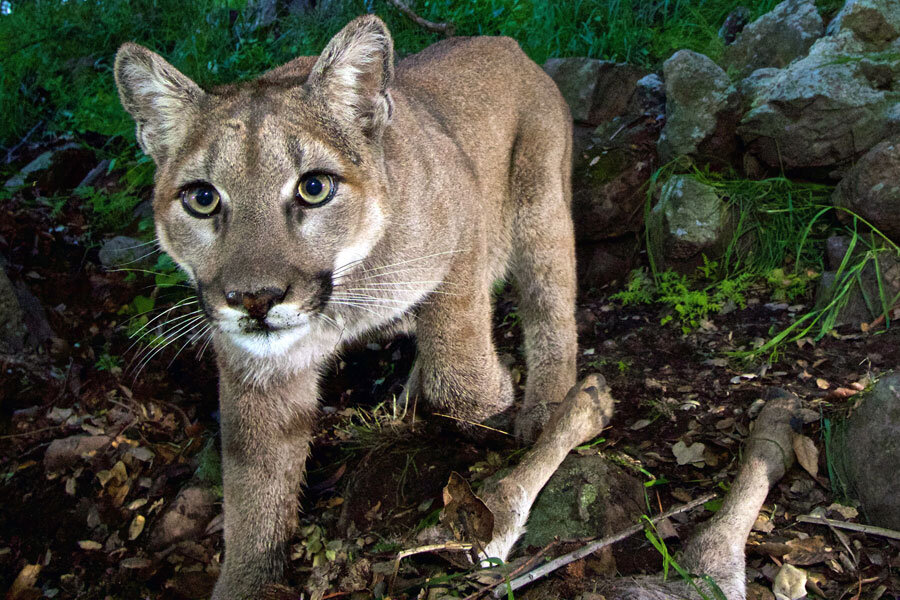The US Fish and Wildlife Service (USFWS) began a formal review of the eastern cougar in 2011, 36 years after it was first classified as endangered.
The eastern subspecies, known variously as ghost cat, catamount, puma, painter, panther, mountain lion, and cougar, originally hunted from southern Canada to the tip of South America. Once the most widely distributed land mammal in the Western hemisphere, cougars have been eliminated from about two-thirds of their original range.
Two other subspecies, western cougars and Florida panthers, still maintain breeding populations.
The USFWS concluded in 2011 that there was no evidence of the eastern cougar living within its once enormous habitat. Experts suggest the cougars’ decline began when European immigrants starting killing the animals to protect their families and livestock.
Although the eastern cougar has been declared extinct, the Florida and western subspecies populations have grown in recent decades, and some are expanding their range into their extinct cousins' terrain.
"Many people have seen cougars in the wild within the historical range of the eastern cougar," said Martin Miller, the northeast regional chief of endangered species for the USFWS, in 2011. "However, we believe those cougars are not the eastern cougar subspecies. We found no information to support the existence of the eastern cougar."








